No products in the cart.
Dragon Ball Z And Dragon Ball Kai Differences Revealed
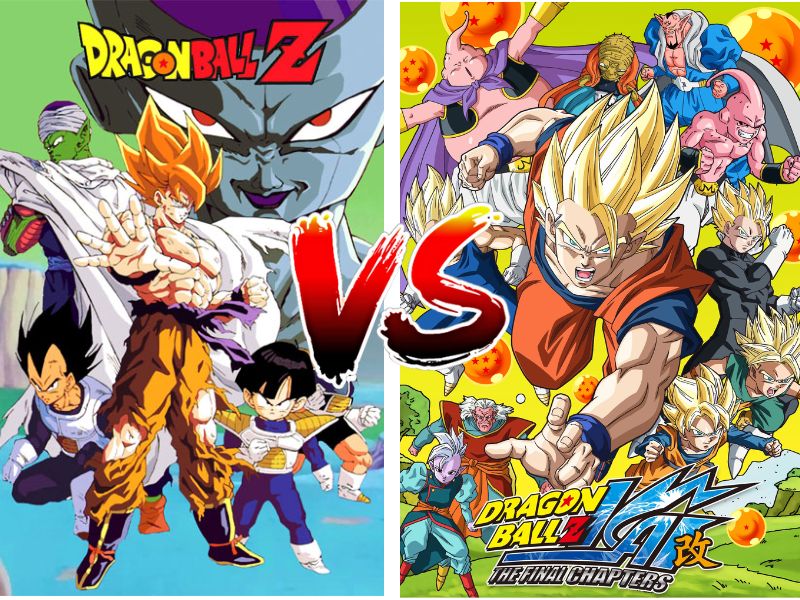
Dragon Ball Z and Dragon Ball Kai are two anime series that have captured the hearts of millions of fans worldwide. Both series are based on Akira Toriyama’s manga, and feature the same characters and basic plot. However, there are some key differences between the two that have caused much debate among fans. Whether you’re a die-hard Dragon Ball fan or just curious about Dragon Ball Z and Dragon Ball Kai differences, this article will explore and reveal all the details you need to know. So sit back, relax, and let’s dive into the world of Dragon Ball Z and Dragon Ball Kai.
See more: Dragon Ball Polo Shirt
Dragon Ball Z Characters, Plot And Number Of Episodes/Seasons
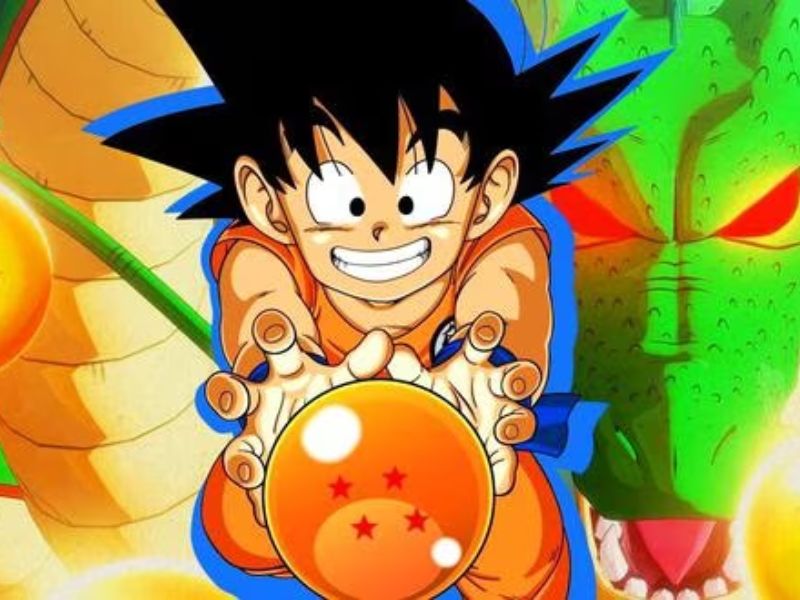
Characters
All the characters in the original DBZ series, including the antagonists, played significant roles. At the beginning, Goku was depicted as a humorous and compassionate character who was unaware of his true capabilities until Master Roshi came into his life and trained him. As the series progressed, new characters were introduced alongside Chi-chi, Bulma, Yamcha, and Krillin, who were already established in the Dragon Ball universe before Goku transformed into a Super Saiyan.
Plot
The adult years of the protagonist, Goku, were depicted in the Japanese edition. Together with his companions, he engaged in fierce confrontations with a variety of adversaries, including androids and extraterrestrial invaders who were nearly invincible and possessed formidable abilities. The series Dragon Ball Z demonstrated the extent to which Goku was prepared to make sacrifices, as he was willing to put his own life on the line to protect those he cared about, which led to the activation of his super Saiyan (1) powers.
Number Of Episodes/Seasons
The Dragon Ball Z series consists of 291 episodes that were adapted from the manga series. This series began after the conclusion of the DragonBall series, which featured the marriage of Goku and Chichi. The initial episode of Dragon Ball Z is part of the Raditz Saga, entitled “Mini Goku is Just Precious!” This uncut episode was broadcasted on April 26, 1989. The last episode, “Even Stronger!! Goku’s Dream is Super-Huge,” was aired on January 31, 1996.
Read more: Are Dragon Ball Z And Super The Same?
Dragon Ball Kai Characters, Plot And Number Of Episodes/Seasons

Characters
All the characters from Dragon Ball Z were featured in the Frieza Saga, which was the endpoint of DBZ Kai. Piccolo remained a friend to the protagonists and continued to serve as Gohan’s guardian and mentor, consistent with the source material.
Plot
Dragon Ball Z Kai is a version of Dragon Ball Z that has been remade with the same plot. Nonetheless, it excludes any filler components, such as the scene where Goku encounters Master Roshi and his companions. Despite certain omissions, including some in the Japanese version, Garlic Jr. is still the primary adversary in DBZ Kai, as in DBZ.
Number Of Episodes/Seasons
DBZ Kai can only be viewed in 159 parts due to the exclusion of filler episodes in the aired version, which was the producers’ intention. The Freeza Saga, as it is known in Japan, ended abruptly, resulting in a shorter anime version. Despite the reduction in episodes, Kai still has several memorable fight scenes, particularly when accompanied by the Dragon Soul soundtrack.
Dragon Ball Z And Dragon Ball Kai Differences
Graphics & Visuals
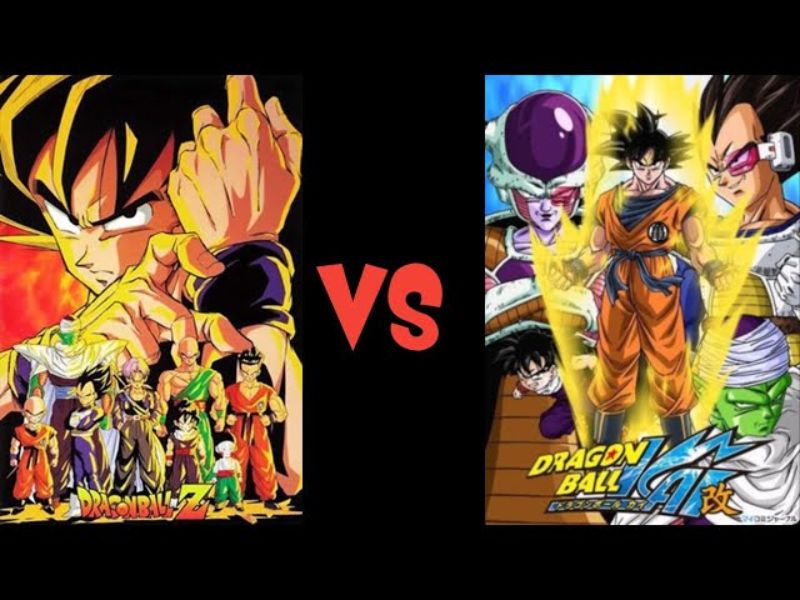
If you are a fan of Dragon Ball Z, you may have noticed that there are actually two versions of the beloved anime series out there: Dragon Ball Z and Dragon Ball Z Kai. While both versions feature the same epic storyline and characters, there are some key differences between the two that are worth exploring.
One of the most noticeable differences between Dragon Ball Z and Dragon Ball Z Kai is in the graphics and visuals department. Dragon Ball Z, which originally aired in the late 1980s and early 1990s, has a darker and more contrast-heavy look to it. Some fans have argued that this aesthetic makes the show less subtle than it could be, especially given the nuanced and complex storyline that underpins the action.
On the other hand, Dragon Ball Z Kai, which premiered in 2009, has a lighter and more polished look to it. The visuals are crisper and the colors are brighter, giving the show an overall more modern feel. While some fans may argue that this version lacks some of the grit and edge that made the original series so compelling, others appreciate the updated graphics and the way they bring the characters to life.
Of course, as with any debate between two versions of a beloved series, the question of which one is better ultimately comes down to personal preference. Some fans may prefer the darker and more mature feel of the original Dragon Ball Z, while others may appreciate the more modern graphics and visuals of Dragon Ball Z Kai.
No matter which version you prefer, however, there is no denying that Dragon Ball Z is one of the most iconic anime series of all time. With its epic battles, complex characters, and powerful themes, the series has captured the hearts and imaginations of fans around the world for decades. Whether you are a die-hard Dragon Ball Z fan or a newcomer to the series, there is no denying the impact it has had on the world of anime and pop culture as a whole.
Soundtrack

Dragon Ball Z and Dragon Ball Kai are two popular anime series that have captivated audiences around the world. Both shows have their own unique style and sound, but what sets them apart is the soundtrack. In this blog post, we will take a closer look at the differences between Dragon Ball Z and Dragon Ball Kai’s soundtracks and why they matter.
Firstly, let’s talk about Dragon Ball Z. This anime series is known for its epic battles, intense action, and memorable characters. One of the things that helped make the show so iconic was its soundtrack. The theme song “Dragon Soul” is widely accepted worldwide and is a good representation of what the producers wanted for this animation revision. This song perfectly captures the spirit of the show and gets fans pumped up for each episode.
In addition to the theme song, the soundtrack for Dragon Ball Z was created by Bruce Faulconer. His music became the iconic sound when battles were about to happen. The music perfectly matched the intensity and energy of the show’s fight scenes. Fans still listen to Faulconer’s music today and it has become a hallmark of the series.
Now, let’s turn our attention to Dragon Ball Kai. This series is a re-mastered version of Dragon Ball Z that was released in 2009. The dub and soundtrack of Kai are high quality, similar to how they make it in the movies. However, there is something about the original soundtrack that makes it very nostalgic.
One major difference between Dragon Ball Z and Dragon Ball Kai’s soundtracks is the absence of Faulconer’s music in the latter. Kai’s soundtrack was composed by Kenji Yamamoto, who tried to recreate Faulconer’s style but with mixed results. Fans were disappointed with the new soundtrack and even accused Yamamoto of plagiarizing some of Faulconer’s work.
Despite the controversy surrounding the soundtrack, Dragon Ball Kai was still successful and has its own loyal fanbase. Some fans prefer its updated animation and pacing, while others prefer the original series’ music. It all comes down to personal preference.
Iconic Scenes
![]()
Dragon Ball Z and Dragon Ball Kai are two popular anime series that have captured the hearts of millions of fans around the world. While they share similarities, there are also notable differences between the two. One of the biggest differences between the two is the omission of some iconic scenes in Dragon Ball Kai.
Dragon Ball Z is a series that is known for its high-octane action, epic battles, and unforgettable characters. It follows the journey of Goku, a Saiyan warrior who battles against various villains to protect the Earth. One of the most iconic scenes in the series is Goku’s transformation into a Super Saiyan. This scene is a pivotal moment in the series, as it marks a turning point in Goku’s character development and sets the stage for future battles.
Another iconic scene in Dragon Ball Z is the Majin Buu Saga. This saga features the return of the powerful Majin Buu, who seeks to destroy the Earth. The saga is filled with intense battles and emotional moments, and it is considered by many to be one of the best arcs in the series.
However, these iconic scenes are absent from Dragon Ball Kai. This revision of the series stopped on the Cell Saga and omitted the entire Dragon Ball series. While Frieza’s fight against Goku is still present in Dragon Ball Kai, many other scenes are missing. This has disappointed many fans who were hoping to see these iconic moments in the new revision of the series.
Despite the omission of these scenes, Dragon Ball Kai has its own merits. The series is a remastered version of Dragon Ball Z, with improved animation and sound quality. The pacing of the series is also improved, with filler episodes removed to keep the story focused and engaging.
International Presence

Dragon Ball Z and Dragon Ball Kai are two animated series that have captured the hearts of millions of fans worldwide. Both series have their unique charm and appeal, but when it comes to an international presence, DBZ Kai has a clear advantage. In this blog post, we’ll take a closer look at the differences between Dragon Ball Z and Dragon Ball Kai and explore why DBZ Kai has a stronger international presence.
Dragon Ball Z is a classic anime series that first aired in Japan in 1989. It follows the adventures of Goku, a powerful warrior who defends the Earth against various villains and threats. The series became a huge success in Japan and was later dubbed into several languages, including English, Spanish, and French. However, it wasn’t until the late 1990s that DBZ gained a significant international following.
Dragon Ball Kai, on the other hand, is a revised version of the original series that first aired in Japan in 2009. The purpose of the revision was to update the animation and remove some of the filler content that was present in the original series. The revision series was well-received by fans, and it quickly gained popularity both in Japan and internationally.
So, what sets DBZ Kai apart from the original DBZ series when it comes to international presence? One of the main factors is the technology used. DBZ Kai was produced using high-definition technology, which gives the series a crisp and vibrant look. This is a significant improvement over the original DBZ series, which was produced using standard definition technology. The high-quality animation of DBZ Kai makes it more appealing to viewers, especially those who are new to the Dragon Ball franchise.
Another factor that gives DBZ Kai an advantage is its accessibility. The revised series is available on various streaming platforms, including Netflix and Hulu, making it easy for fans to watch it anytime and anywhere. This is in contrast to the original DBZ series, which can be difficult to find and watch legally.
It’s worth noting that while DBZ Kai has a stronger international presence, it doesn’t mean that the original DBZ series was not a good one. In fact, many fans who grew up watching the original series have a deep appreciation for it. However, the comparison of the technology used and the easy access to the revision series give DBZ Kai an edge, especially among new fans.
Scene Fillers
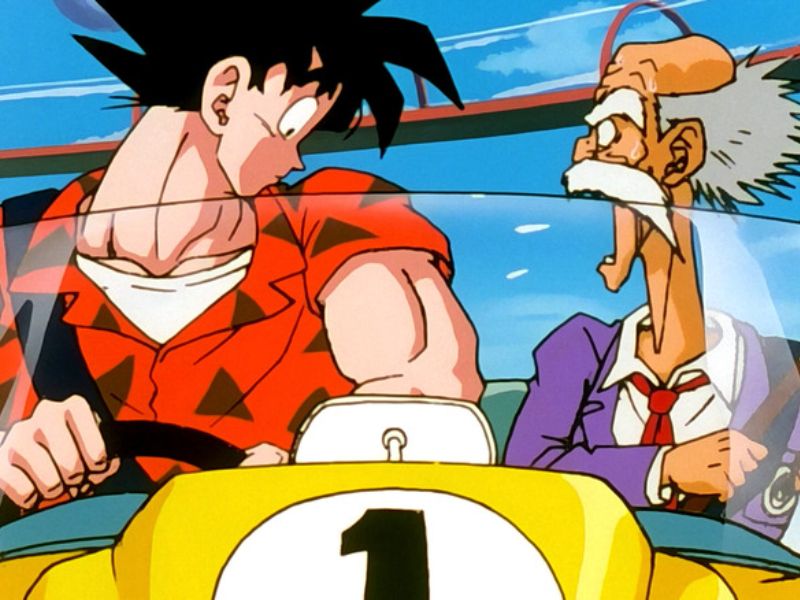
Dragon Ball Z and Dragon Ball Kai are two of the most popular anime series of all time. Both of these anime series are based on the manga series “Dragon Ball” created by Akira Toriyama. However, there are some significant differences between these two anime series. One of the most notable differences between Dragon Ball Z and Dragon Ball Kai is the presence of scene fillers.
Scene fillers are the scenes that are added to an anime series that is not present in the manga. These scenes are created to increase the episode count of the series and to provide more content to the viewers. However, these scenes are not always necessary for the plot and can sometimes feel like a waste of time for the viewers.
Dragon Ball Z is known for having a lot of scene fillers. Some of these scene fillers are important for character development and provide a more immersive experience for the viewers. However, some of these scene fillers are not necessary for the plot and can feel like a waste of time for the viewers.
On the other hand, Dragon Ball Kai is known for being completely faithful to the manga narrative. This means that there are no scene fillers in Dragon Ball Kai. This can be frustrating for some viewers who are used to the scene fillers present in Dragon Ball Z.
For example, Yamcha’s use of the Wolf Fang Fist and Piccolo and Goku learning how to drive are some of the scene fillers that are not present in Dragon Ball Kai. These scenes were omitted from Dragon Ball Kai even when initially aired in Japan. This can be frustrating for some viewers who enjoyed these scenes in Dragon Ball Z.
However, Dragon Ball Kai completed the plot completely. Dragon Ball Kai is a condensed version of Dragon Ball Z that focuses only on the main plot points. This makes Dragon Ball Kai a more streamlined and focused version of Dragon Ball Z.
Story Presentation
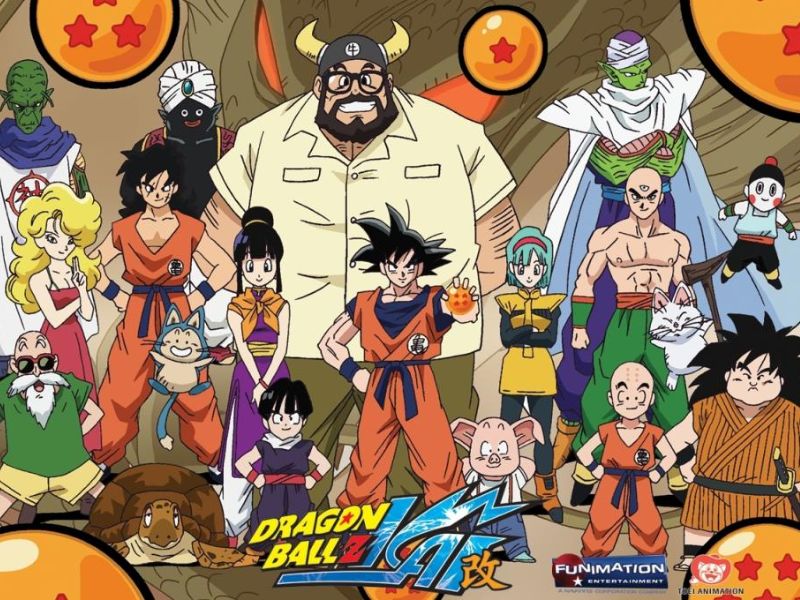
Dragon Ball Z and Dragon Ball Kai are two of the most popular anime series of all time. Both were produced by Toei Animation and based on the manga series by Akira Toriyama. While the two anime series share many similarities, there are also some significant differences. One of the most notable differences is how the story is presented.
If you watched Dragon Ball Kai directly without seeing any of Dragon Ball Z, you would find that the story is very precise and focused on the main plot. Kai is a remastered version of Dragon Ball Z that cuts out the filler episodes, re-animates some scenes, and improves the overall visual and audio quality. This means that Kai covers the triumphant wins over the evil opponents who are trying to harm the earth and the universe without any unnecessary distractions.
On the other hand, Dragon Ball Z started when the hero, Goku, was still a boy. The entire narrative was laid out completely, even enhanced with some of the filler episodes that completed our hero’s transformation. This allowed the audience to get a deeper understanding of Goku’s character and his growth from a carefree child to a fierce warrior.
Dialogues/lines

If you’re a fan of Dragon Ball Z, you’re probably familiar with Dragon Ball Kai. But what exactly is the difference between the two? Many fans have noticed that Kai includes some surprising dialogue choices, which may be unexpected for those who are used to the original series. In this blog post, we’ll explore the differences between Dragon Ball Z and Dragon Ball Kai, specifically in terms of the dialogue used in the two shows.
First, it’s important to understand the basic premise of both shows. Dragon Ball Z is a popular anime series that follows the adventures of Goku and his friends as they defend the Earth against a variety of powerful villains. The show was first released in 1989 and ran for several years, becoming a cult classic among fans of the genre.
Dragon Ball Kai, on the other hand, is a remastered version of Dragon Ball Z that was released in 2009. The goal of Kai was to update the animation and pacing of the original series while staying true to the original story and characters. This meant cutting out some of the filler episodes and streamlining the overall plot, making it a more streamlined and fast-paced viewing experience.
One of the ways that Dragon Ball Kai was able to achieve this was by using dialogue from the original manga series, rather than relying on the dialogue from the anime adaptation. This may be surprising to some fans, who are used to the dialogue from the original anime. However, if you look closely at the specifics of what lines were said in Kai, you’ll see how closely they match up with what the author, Akira Toriyama, wrote in the manga.
For example, in Dragon Ball Z, there are many scenes where characters engage in lengthy conversations or monologues that don’t always advance the plot. These scenes were often added by the anime’s writers to fill time and make each episode longer. However, in Kai, these scenes were cut down or eliminated altogether, making the show much more fast-paced and action-packed.
Another difference between the two shows is the use of humor. Dragon Ball Z is known for its slapstick comedy and exaggerated characterizations, while Dragon Ball Kai is generally more serious and focused on the action. This is largely due to the fact that Kai was intended to be a more faithful adaptation of the original manga, which was generally more serious in tone than the anime.
Censorship
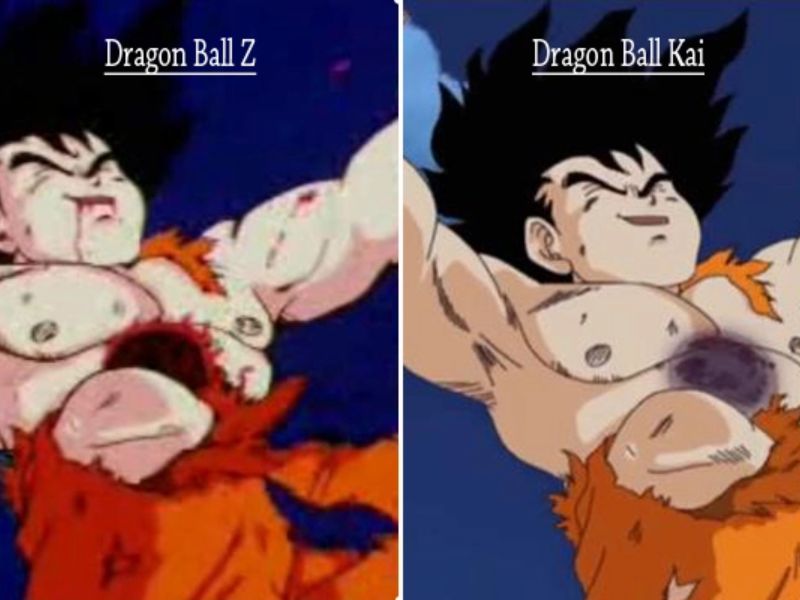
Censorship in media has been a debated topic for years. While some argue that it is necessary to protect viewers from inappropriate content, others believe it hinders artistic expression and limits creativity. One example of censorship in media can be seen in the differences between Dragon Ball Z and Dragon Ball Kai.
Dragon Ball Z, an anime series that first aired in 1989, follows the story of Goku, a powerful warrior, as he defends the Earth against various villains. The show was known for its intense fight scenes, use of gore and violence, and sexual humor. However, when the show was re-aired as Dragon Ball Kai in 2009, many of these elements were removed or toned down.
One of the main differences between Dragon Ball Z and Dragon Ball Kai is the level of violence and gore. In Dragon Ball Z, fights often resulted in bloody injuries and deaths. However, in Dragon Ball Kai, the bloodshed was significantly reduced, with injuries appearing as bruises or cuts instead. This was likely done to make the show more suitable for younger viewers.
Another aspect that was censored in Dragon Ball Kai was sexual humor. In Dragon Ball Z, there were many instances of characters making inappropriate comments or engaging in suggestive behavior. These scenes were removed in Dragon Ball Kai, likely to make the show more family-friendly.
Racism is also not allowed in Dragon Ball Kai. In the original Dragon Ball Z series, some characters were portrayed in a stereotypical manner, which could be interpreted as racist. These scenes were removed or edited in Dragon Ball Kai to avoid promoting harmful stereotypes.
Despite these changes, all of the fight scenes in Dragon Ball Z were retained in Dragon Ball Kai. This includes iconic moves like Goku’s special beam cannon attack, which fans of the show were happy to see again.
Footage
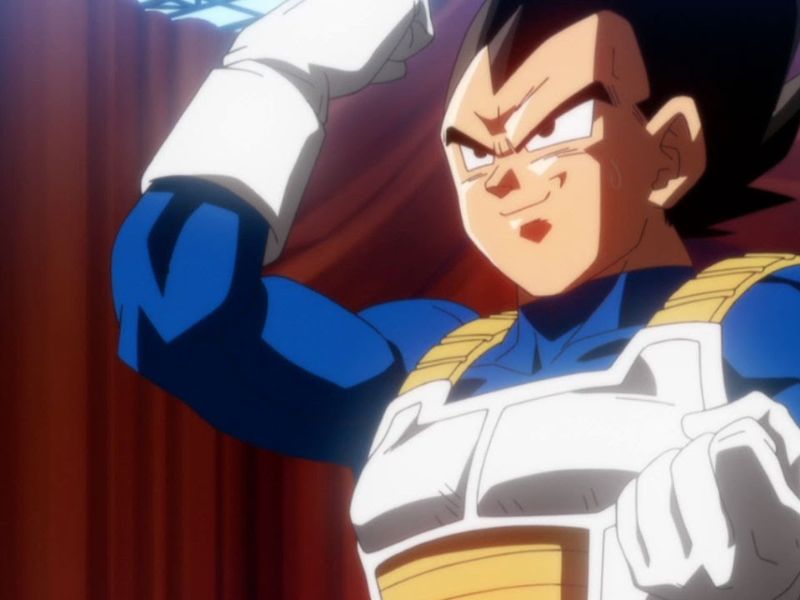
Dragon Ball Z has been a popular anime series for many years. It has captured the hearts of fans all over the world with its thrilling plot, dynamic characters, and intense fight scenes.
However, in 2009, a new version of the anime was released, known as Dragon Ball Kai. This version promised to be a remastered version of the original series, with improved visuals and a streamlined storyline. One of the key selling points of Dragon Ball Kai was its updated footage. But how does it compare to the original series? Let’s take a closer look.
Firstly, it’s important to note that Dragon Ball Kai was created as a way to celebrate the 20th anniversary of Dragon Ball Z. It was meant to be a more faithful adaptation of the manga, with less filler content and a focus on the main storyline. This means that the overall structure of the series is largely the same between Dragon Ball Z and Dragon Ball Kai. However, there are some key differences when it comes to the footage.
One of the most noticeable differences between the two versions is the aspect ratio. Dragon Ball Kai is presented in widescreen format, while Dragon Ball Z is in the standard 4:3 aspect ratio. This means that Dragon Ball Kai has a wider field of view, which can make the action scenes feel more immersive. However, some fans have criticized the widescreen format for cropping out certain parts of the original animation.
Another major difference is the quality of the footage. Dragon Ball Kai was remastered in high definition, which means that the visuals are much sharper and more detailed than in Dragon Ball Z. Some fans have praised the updated footage for making the characters look more vibrant and lifelike. However, others have criticized the remaster for making the animation look too clean and polished, which can take away some of the charms of the original series.
In terms of the actual content of the footage, there are some differences between the two versions. As mentioned earlier, Dragon Ball Kai was meant to be a more faithful adaptation of the manga, which means that certain scenes and storylines were cut from the original anime. Some fans have praised Dragon Ball Kai for removing filler content that dragged on in the original series, while others have criticized the new version for removing beloved scenes and characters.
Voice Actors
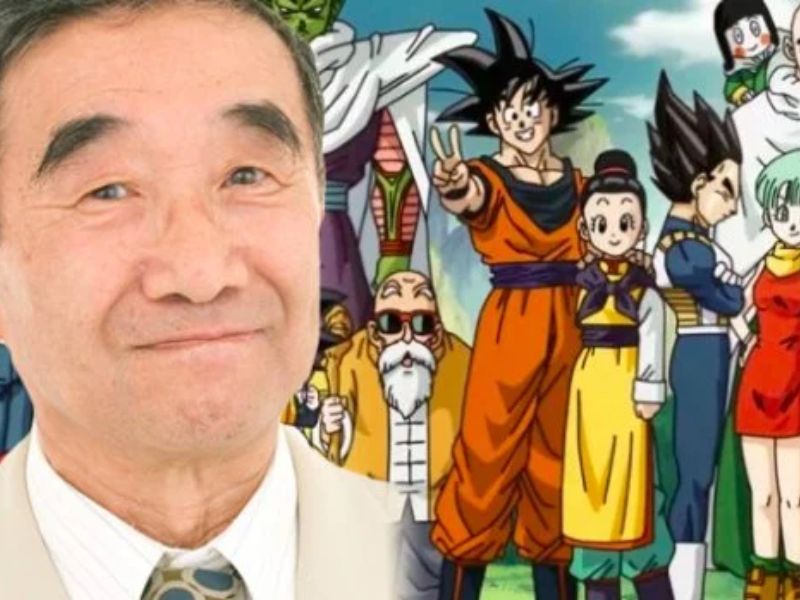
Voice acting is a crucial aspect of any animated show, and Dragon Ball Z and Dragon Ball Kai are no exception. While many fans may be familiar with the iconic voices that have brought these beloved characters to life, there are also some key differences between the two series when it comes to voice acting.
One of the most notable differences between Dragon Ball Z and Dragon Ball Kai is the voice cast. While many of the key voices remained the same between the two series, there were also some changes made to the lineup. For example, Sean Schemmel, who first voiced the character of Goku in the Funimation dub of Dragon Ball Z back in 1999, continued to voice the character in Dragon Ball Kai. But other characters, such as Kid Gohan, Trunks, and Android 19, were voiced by different actors.
Of course, there are a variety of reasons why voice actors may change between series. In some cases, it may be due to scheduling conflicts or availability issues. In other cases, it may be a deliberate choice to give a character a new voice or to bring in fresh talent to the team.
But regardless of the reasons behind the changes, one thing remains clear: the voice actors who bring these characters to life are crucial to the success of the series. From the iconic screams of Goku to the menacing growls of Frieza, these voices help to create a world that fans can truly immerse themselves in.
Dragon Ball Z Vs Kai Which Is Better?
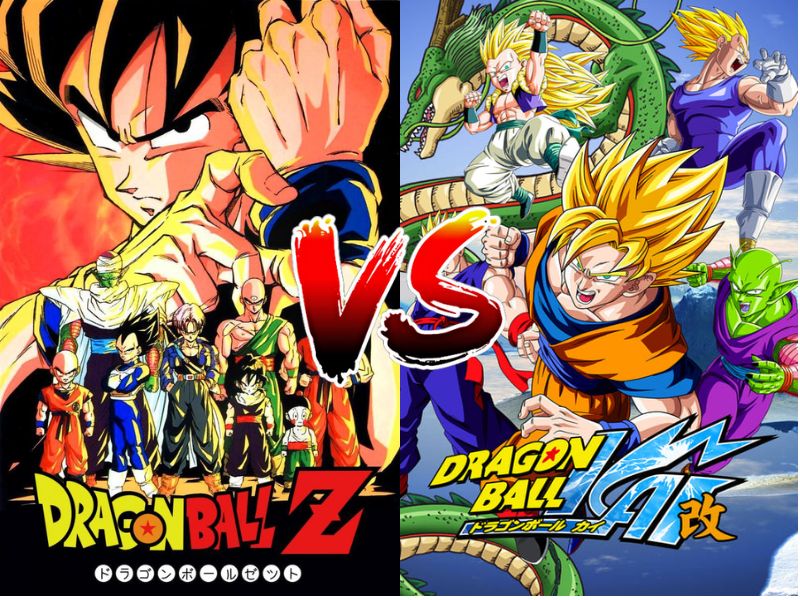
Dragon Ball Z and Kai are two popular anime series that have captured the hearts of millions of fans worldwide. While both shows share the same basic storyline, they differ in several aspects, including animation quality, music, and pacing. As a result, the question of which show is better often arises, pitting DBZ fans against Kai fans.
For those who are unfamiliar with these two anime series, Dragon Ball Z (DBZ) is the original show that aired from 1989 to 1996, following the adventures of Goku and his friends as they protect the universe from evil forces. Kai, on the other hand, is a remastered version of DBZ that was released in 2009, with updated animation, less filler content, and a re-recorded soundtrack.
While Kai has its advantages, DBZ is still the clear winner in this debate. For one, DBZ has the iconic soundtrack created by Bruce Faulconer, which perfectly captures the epic battles and emotional moments throughout the series. Fans who grew up watching DBZ can still remember every note of the music, and it adds a level of nostalgia and excitement to the series that Kai simply cannot replicate.
Moreover, DBZ has a more detailed and complete storyline. While Kai may have less filler content, it also cuts out several important scenes that add depth and context to the series. Fans who have watched both shows have noted that Kai feels rushed, with important moments and character development glossed over or removed entirely.
Finally, DBZ’s animation quality, while dated by today’s standards, has a certain charm and grittiness to it that Kai’s updated animation lacks. The hand-drawn animation of DBZ gives the series a unique and iconic look, and the emphasis on over-the-top action sequences is still awe-inspiring to this day.
Conclusion
In conclusion, the content highlights the importance of staying informed and educated about various topics. Whether it’s staying updated on current events, learning new skills, or exploring new interests, continuous learning is essential for personal growth and development. It is also important to approach learning with an open mind and a willingness to challenge one’s own beliefs and perspectives. By making a commitment to lifelong learning, individuals can enhance their knowledge and understanding of the world around them and ultimately lead more fulfilling lives.

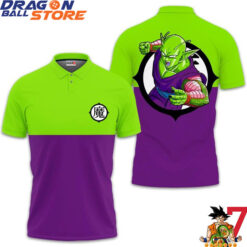

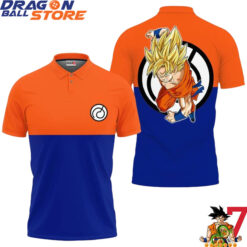
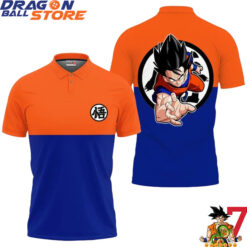

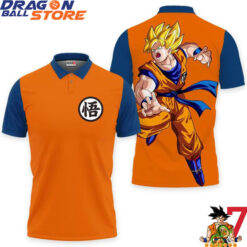

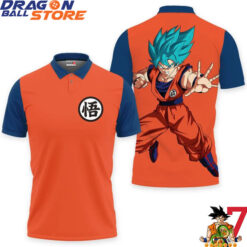


Related post
Why Goku Never Go To See Grandpa Gohan In Other World?
In the vast world of Dragon Ball, there are many mysteries that continue to captivate fans. One such enigma surrounds Goku’s peculiar choice to never
7 Dragon Ball Villains Who Ended Up Becoming Goku’s Friends
In the world of Dragon Ball, friendships can sometimes be formed in the most unexpected ways. From fierce rivals to sworn enemies, the journey of
20 Best Dragon Ball Z Gift Ideas For Every DBZ Fan
Are you a fan of Dragon Ball Z? Do you know someone who is obsessed with this epic anime series? Well, you’re in luck! We
All Of Goku And Vegeta Fusions | Weakest And Strongest
The world of Dragon Ball is known for its epic battles and powerful warriors. While Goku and Vegeta are already formidable on their own, fans
Dragon Ball: Are Goku And Vegeta Brothers?
Dragon Ball is one of the most popular anime series of all time, with a massive following of dedicated fans across the world. Over the